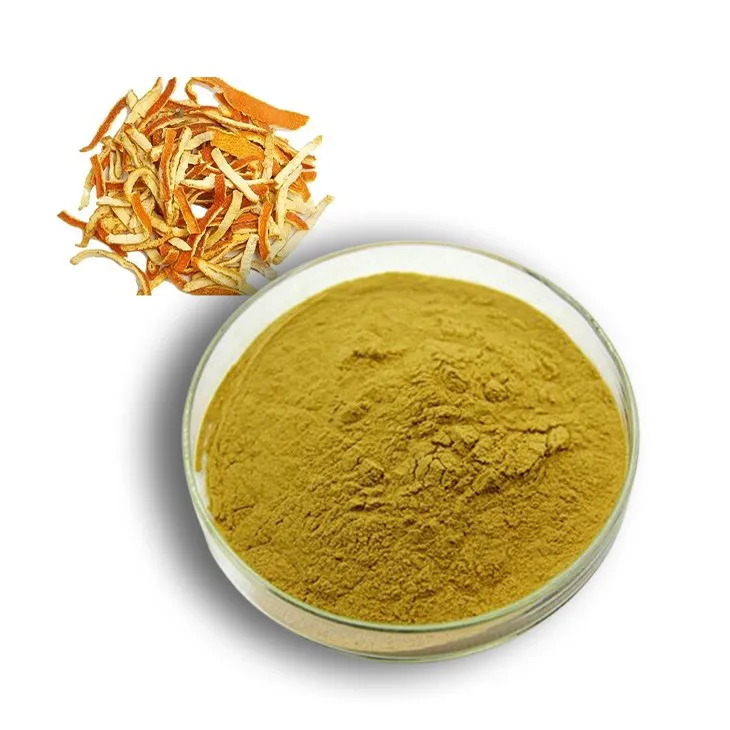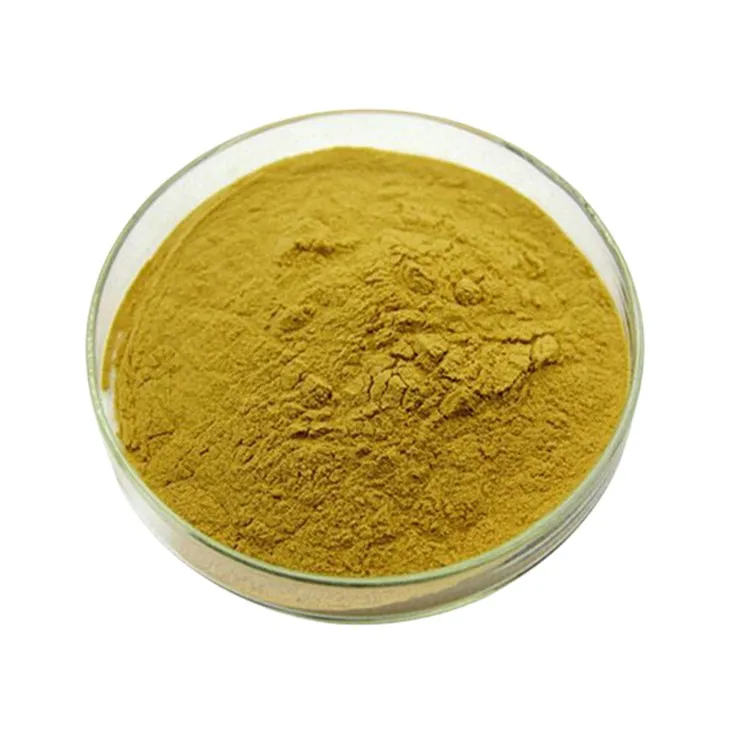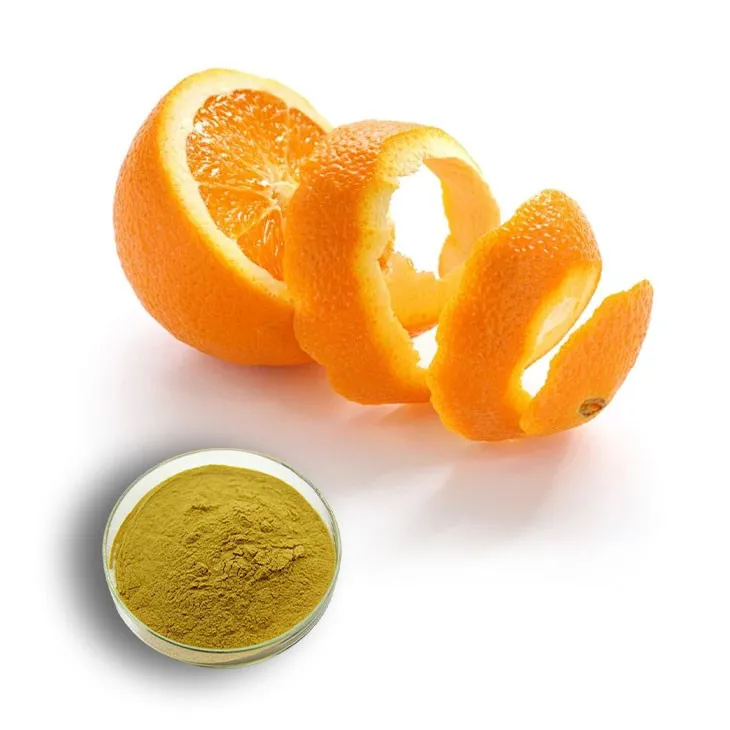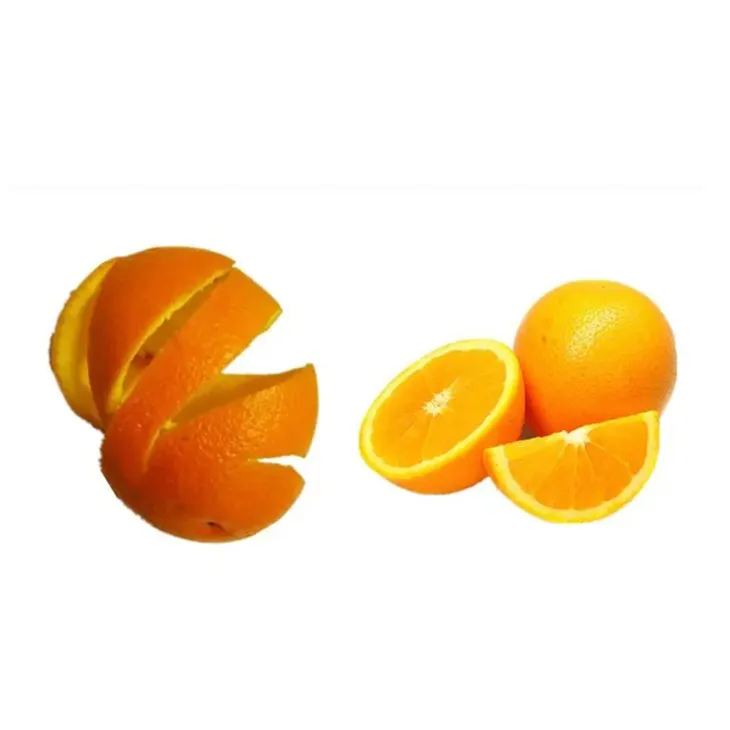- 0086-571-85302990
- sales@greenskybio.com
Hesperidin: Nature's Best - Kept Secret.
2024-11-11

1. Introduction to Hesperidin
Hesperidin, also known as orange peel glycoside, is truly a hidden gem in nature. It is a bioactive compound that can be found not only in orange peels but also in other citrus fruits. This compound has a rather unique chemical structure, which is the key to its multiple functions.

2. Anti - Inflammatory Activity
One of the most significant functions of Hesperidin is its anti - inflammatory activity. Inflammation is a common physiological response in the body, but when it becomes chronic or excessive, it can lead to various health problems. Hesperidin can play a role in alleviating these inflammatory conditions.
- It can interfere with the inflammatory signaling pathways in the body. For example, it may inhibit the production of certain pro - inflammatory cytokines, such as interleukin - 6 and tumor necrosis factor - alpha.
- Studies have shown that in animal models with inflammatory diseases, hesperidin supplementation can reduce the symptoms of inflammation, such as swelling and redness.

3. Interaction with the Digestive System
In terms of nutrition, hesperidin has a positive interaction with the body's digestive system.
- It may enhance nutrient absorption. For instance, it could potentially improve the absorption of vitamins and minerals in the intestines. This is because hesperidin can affect the permeability of the intestinal epithelial cells, allowing nutrients to pass through more easily.
- It can also modulate the gut microbiota. A healthy gut microbiota is essential for overall health, and hesperidin may promote the growth of beneficial bacteria while suppressing the growth of harmful ones. This can contribute to a better digestive environment and improved digestion.

4. Potential in Pharmacology
In the field of pharmacology, hesperidin has shown great potential, especially in treating certain cardiovascular diseases.
- One of the reasons is its effect on blood lipid regulation. High levels of blood lipids, such as cholesterol and triglycerides, are risk factors for cardiovascular diseases. Hesperidin can help lower these lipid levels. It may work by inhibiting the synthesis of lipids in the liver or by enhancing the clearance of lipids from the blood.
- It also has antioxidant properties. Oxidative stress is another factor contributing to cardiovascular diseases. Hesperidin can scavenge free radicals in the body, reducing oxidative damage to blood vessels and cells. This antioxidant effect can protect the cardiovascular system and prevent the development of diseases.
- Research is ongoing to further explore its mechanisms of action and to develop hesperidin - based drugs for cardiovascular diseases. However, more clinical trials are needed to confirm its efficacy and safety in humans.

5. Why Hesperidin is a 'Best - Kept Secret'
Compared to many other well - known substances, hesperidin has not received as much attention, thus being nature's most conservative secret.
- One possible reason is that it is mainly found in citrus fruits, and the extraction and purification processes may be relatively complex. This can limit its large - scale production and application.
- Another factor could be the lack of extensive marketing and promotion. Many well - known substances are widely promoted for their health benefits, but hesperidin has not had such a high - profile marketing campaign.
- Also, research on hesperidin is still in progress, and some of its functions and mechanisms are not fully understood. This may make some industries hesitant to invest more resources in its development.
6. Future Prospects
Despite being a relatively under - recognized compound, hesperidin has a bright future.
- As research continues to deepen, more functions and benefits of hesperidin are likely to be discovered. This could lead to new applications in the fields of medicine, nutrition, and cosmetics.
- Improvements in extraction and purification techniques may make it more accessible and cost - effective. This would promote its wider use in various products, such as dietary supplements and functional foods.
- With the increasing emphasis on natural products for health promotion, hesperidin has the potential to become a popular choice. It can offer a natural alternative to synthetic drugs and additives, appealing to consumers who prefer natural solutions.
7. Conclusion
In conclusion, hesperidin is a remarkable compound with a wide range of potential benefits. Its anti - inflammatory activity, positive interaction with the digestive system, and potential in treating cardiovascular diseases make it a valuable substance. Although it is currently nature's best - kept secret, with further research and development, it is likely to gain more recognition and play an increasingly important role in improving human health.
FAQ:
What is hesperidin?
Hesperidin is a bioactive compound known as orange peel glycoside. It can be found in orange peels and other citrus fruits, and its unique chemical structure gives it multiple functions.
What are the main functions of hesperidin?
One of its main functions is anti - inflammatory activity, which can help alleviate various inflammatory conditions. In terms of nutrition, it may interact positively with the body's digestive system to enhance nutrient absorption. In pharmacology, there is ongoing research on its potential in treating certain cardiovascular diseases because of its effect on blood lipid regulation.
Why is hesperidin considered nature's best - kept secret?
Compared to many other well - known substances, hesperidin has not received as much attention, so it is regarded as nature's most conservative secret.
How does hesperidin show its anti - inflammatory activity?
The exact mechanism of how hesperidin shows its anti - inflammatory activity is still under research. However, it is known that its chemical structure contributes to this activity, and it can play a role in reducing inflammation in the body.
Can hesperidin be used directly as a treatment for cardiovascular diseases?
Currently, while research shows its potential in treating certain cardiovascular diseases due to its effect on blood lipid regulation, it cannot be directly used as a treatment. More research is needed to fully understand its effectiveness and safety in treating these diseases.
Related literature
- Hesperidin: A Review of Its Pharmacological and Therapeutic Potential"
- "The Role of Hesperidin in Inflammatory Disorders"
- "Hesperidin and Cardiovascular Health: Current Research and Future Perspectives"
- ▶ Hesperidin
- ▶ citrus bioflavonoids
- ▶ plant extract
- ▶ lycopene
- ▶ Diosmin
- ▶ Grape seed extract
- ▶ Sea buckthorn Juice Powder
- ▶ Beetroot powder
- ▶ Hops Extract
- ▶ Artichoke Extract
- ▶ Reishi mushroom extract
- ▶ Astaxanthin
- ▶ Green Tea Extract
- ▶ Curcumin Extract
- ▶ Horse Chestnut Extract
- ▶ Other Problems
- ▶ Boswellia Serrata Extract
- ▶ Resveratrol Extract
- ▶ Marigold Extract
- ▶ Grape Leaf Extract
- ▶ blog3
-
Cranberry Plants and Skin - care Products.
2024-11-11
-
Mango flavored powder
2024-11-11
-
Berberis aristata Extract
2024-11-11
-
Eucommia Ulmoides Extract
2024-11-11
-
Acerola Juice Powder
2024-11-11
-
Quercetin
2024-11-11
-
Baicalin
2024-11-11
-
Calendula Extract
2024-11-11
-
Kelp Extract Powder
2024-11-11
-
Jujube Extract
2024-11-11
-
Cassia Seed Extract
2024-11-11





















